Native gardening is an environmental movement just as much as it is a gardening technique. The idea is simple: incorporate plants native to your geographical area in your garden. This provides a greater ecological benefit than planting non-native plants or having no garden at all.
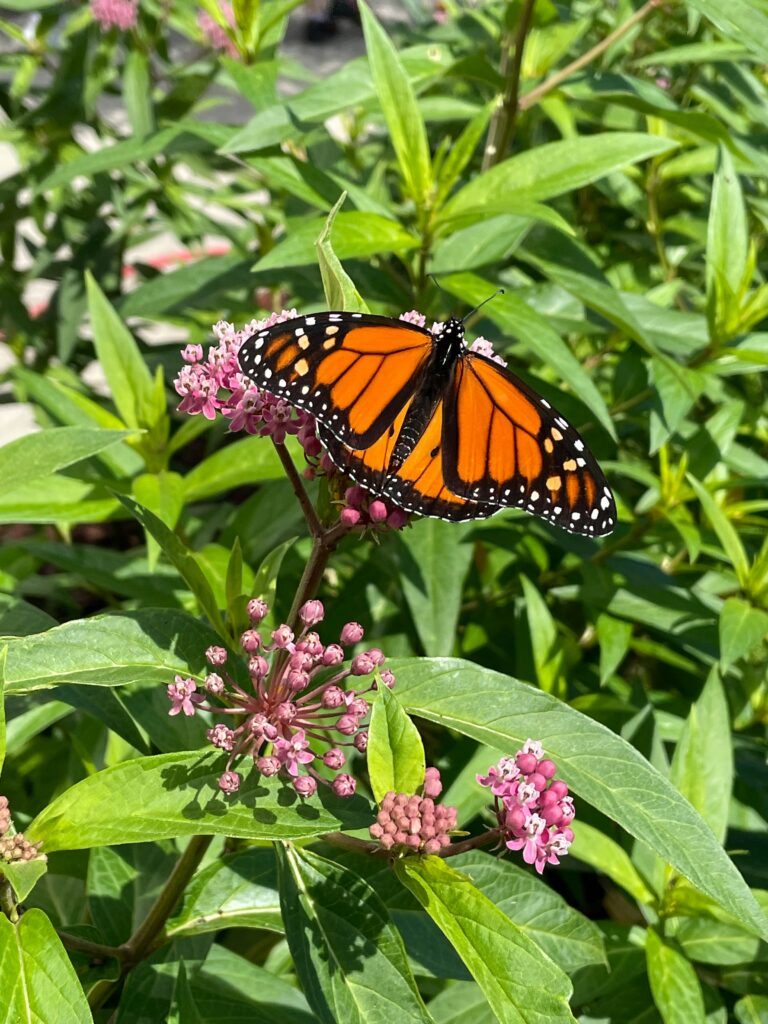
The problem with non-native plants
Non-native plants can become invasive, meaning they can spread uncontrollably and outcompete native species. By definition, native plants cannot be invasive despite some of them spreading aggressively in some environments. This is because they still offer ecological benefit while non-natives offer none or very little. When non-natives become invasive, they actually have a detrimental effect on the environment around them. They crowd out natives, creating a monoculture that offers nothing to local wildlife. Therefore, becoming an ecological desert.
“…research by the entomologist Doug Tallamy has shown that native oak trees support over 500 species of caterpillars whereas ginkgos, a commonly planted landscape tree from Asia, host only 5 species of caterpillars.”
Why Native Plants Matter – Audubon
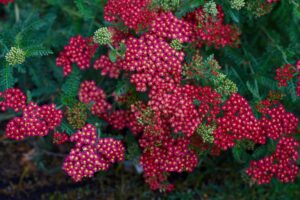
A few non-natives in your garden might not be a big deal when they’re well managed. But, if they spread outside your garden and into the wild, then that’s a problem. There are some invasive plants that are illegal to sell in some areas like the Bradford pear tree. For some others like Japanese knotweed and tree of heaven, it is strongly encouraged to report siting’s and inform potential buyers if it is on a property you are trying to sell. This is because these plants are extremely difficult to eradicate and spread at a rapid rate. They even have the ability to cause damage to property by cracking foundations.
Other problems caused by non-native plants include erosion and poor water quality. Many non-native’s roots often grow too shallow to prevent soil from washing away or entering the water supply in large quantities. They can also be more susceptible to diseases, causing them to spread rapidly and damage local wildlife.
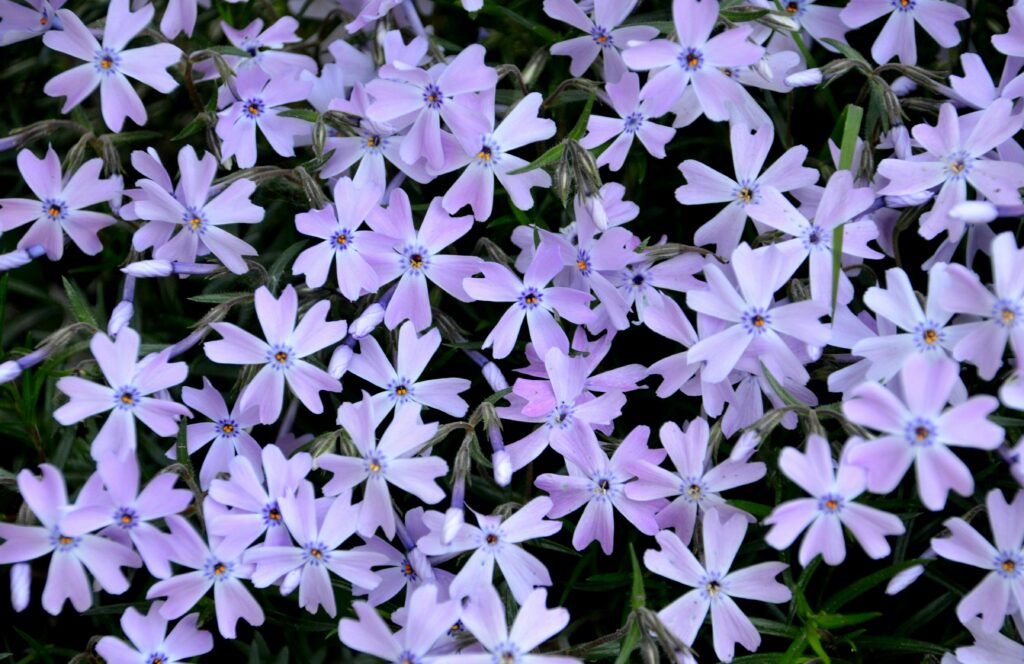
Native gardening maintenance costs
Native gardens have some personal benefits as well as ecological. While some native plants may be a little more challenging to source compared to non-natives you often find in big box stores, they usually require far less maintenance. Once they are established in their new home, native plants won’t need much extra care. They are already evolved to thrive in your environment so they don’t need to be fussed over as much as many non-natives that require overwintering, fertilizing, or replanting every year. On top of that, many of these plants won’t need as much water. Which means a lower water bill for you. And, the need for synthetic fertilizers and pesticides is significantly less than non-native lawns and gardens.
Save the bees
Native gardening is a step above the popular “save the bees” movement as it adds to the health of all native pollinators and the local ecosystem as a whole. While saving the bees is a noble goal, where it looses it’s luster is it’s emphasis on just planting any kind of flower. We see this in seed mixes marketed as pollinator friendly despite containing wildflowers not native or even invasive to local areas. Sure, some bees may visit them, but they are largely useless or in some cases detrimental to the local landscape.
It’s also worth mentioning that in North America the “save the bees” movement focuses largely on non-native honey bees. While honey is great, it would be a better use of our time to focus on our 4,000 native bee species. This includes the Southeastern blueberry bee that predominantly forages on blueberry bushes. Or, Anthophora centriformis, a long tongued bee that is often found amongst tubular flowers like beardtongue or Mojave lupine.
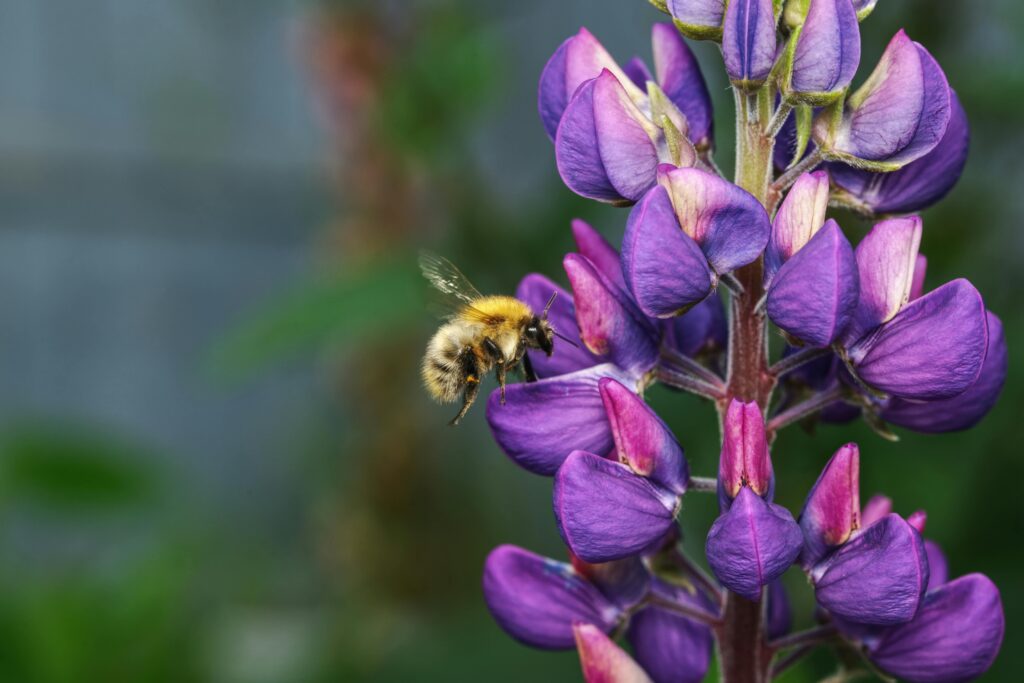
It’s important to support native pollinators in addition to bees as well. Butterflies, moths, flies, bats, and more are all valuable pollinators that are drawn to certain native plants that go on to feed our native birds and provide shelter for other native animals and insects. These are all integral aspects of a thriving ecosystem.
Native gardening doesn’t have to be all or nothing
In any movement there is bound to be a few purists. There is nothing wrong with this, of course, but it’s not always attainable for the average person. Reworking a garden full of non-natives can be expensive and physically demanding. It’s a long process and there is no reason to wrack yourself with guilt for taking a number of years to finish a project or for wanting to keep a non-native. I appreciate the native gardening movement, yet refuse to remove my beloved lilacs and peonies. It’s all about balance. Many people apply the 70/30 rule to native gardening with the goal of having around 70% of their garden be native and allowing 30% for the non-natives they enjoy.

This not that
That being said, there are some popular plants that are classified as invasive in the U.S. The general recommendation for these plants is to remove them. Here is a list of some of these plants along with native alternatives:
- Rose of Sharon Alternatives: Franklin Tree, Rose Mallow, Halberd-Leaved Rose Mallow, Sweet Bay Magnolia
- Purple loosestrife Alternatives: Blazing Star, Blue Vervain
- Japanese Barberry Alternatives: Chokeberry, Winterberry, Coralberry
- Foxglove Alternatives: Beardtongue, Lupine, Fireweed, Cardinal Flower
- Japanese Spirea Alternatives: Swamp Milkweed, White Meadowsweet, Yarrow
- English Ivy Alternatives: Creeping Phlox, Wild Ginger, Virginia Creeper
- Japanese Honeysuckle Alternatives: Trumpet Honeysuckle, Buttonbush, Chokeberry, Carolina Jasmine
- Bradford Pear Alternatives: Serviceberry, Flowering Dogwood, Blackhaw Viburnum, American Smoke Tree
- Lily of the Valley Alternatives: Trout Lily, Bloodroot, Redwood Sorrel, Starry False Lily of the Valley, Solomon’s Seal
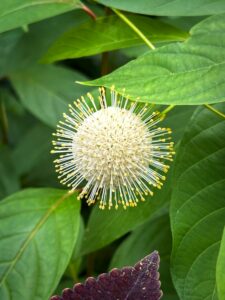
Less lawns and more gardens
As more of our forested land gets converted into residential areas, we need to start picking up the slack. The perfect green, lowcut lawns need to become a thing of the past. A monoculture of non-native grasses only serves to hurt the environment. Adding in larger garden space, and planting native grasses, flowers, trees, and shrubs creates a greater impact on our local ecosystems than we realize. The less we serve our pollinators the less food we will be able to grow, and the less we will be able to sustain ourselves. We need these thriving ecosystems and keeping native plants in any capacity will bring us all closer to a healthy planet that we can all enjoy.
Check out:

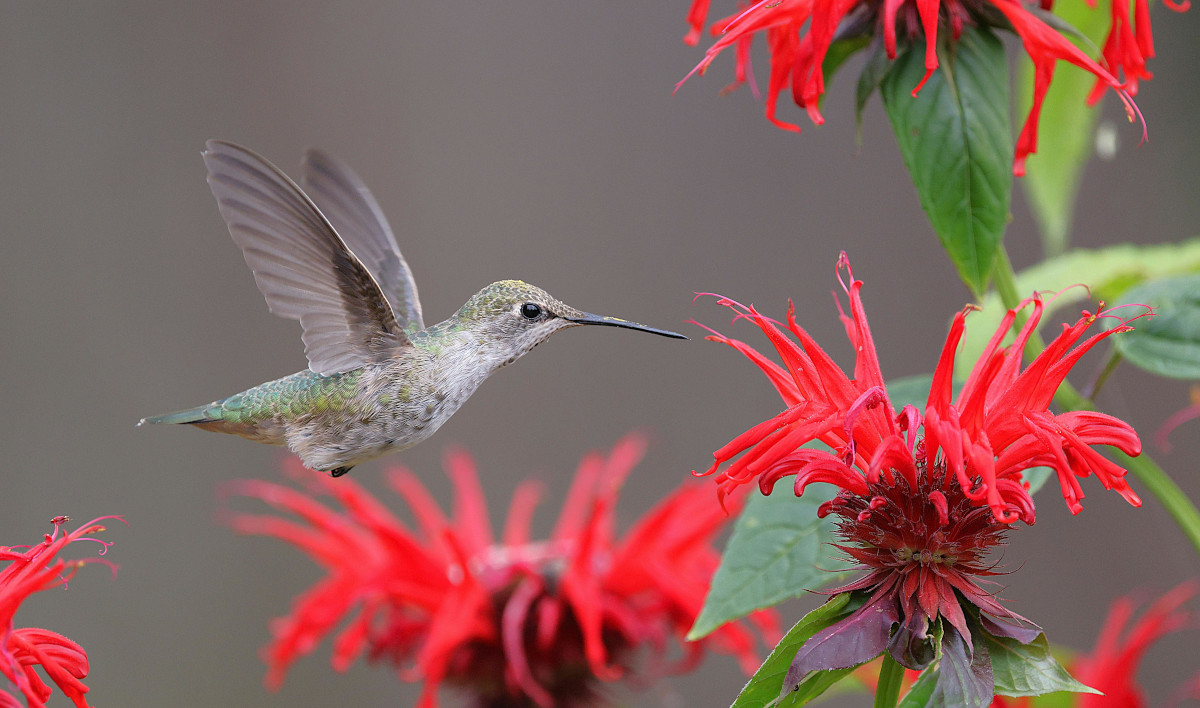











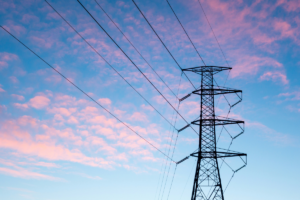

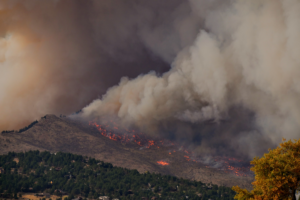
Be First to Comment